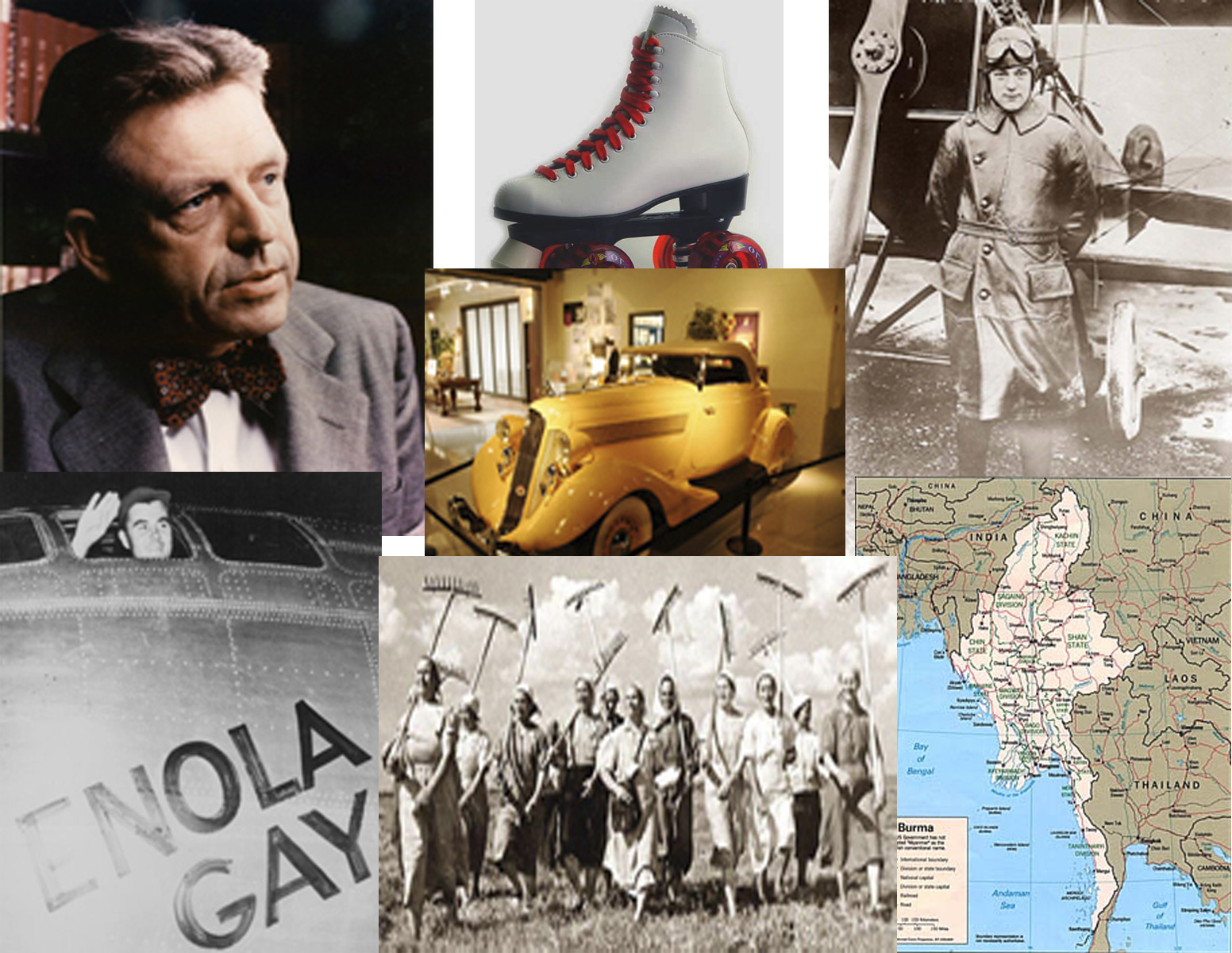1. American Foundations Oral History Project, 1989-1993 42 Interviews
Indiana University Center for Documentary Research and Practice
The American Foundations Oral History Project consists of a series of interviews with prominent American philanthropists, each of whom relates their background, the development of their values, and their philosophies of philanthropy. The purpose and state of American philanthropy, including those family foundations and corporate foundations, form a central topic, as do the recent trend of increasing diversity and opinions on grant evaluation and philanthropic assessment. In addition, many interviewees comment on the role of government in philanthropy and the system of ethics at play in American philanthropy.

